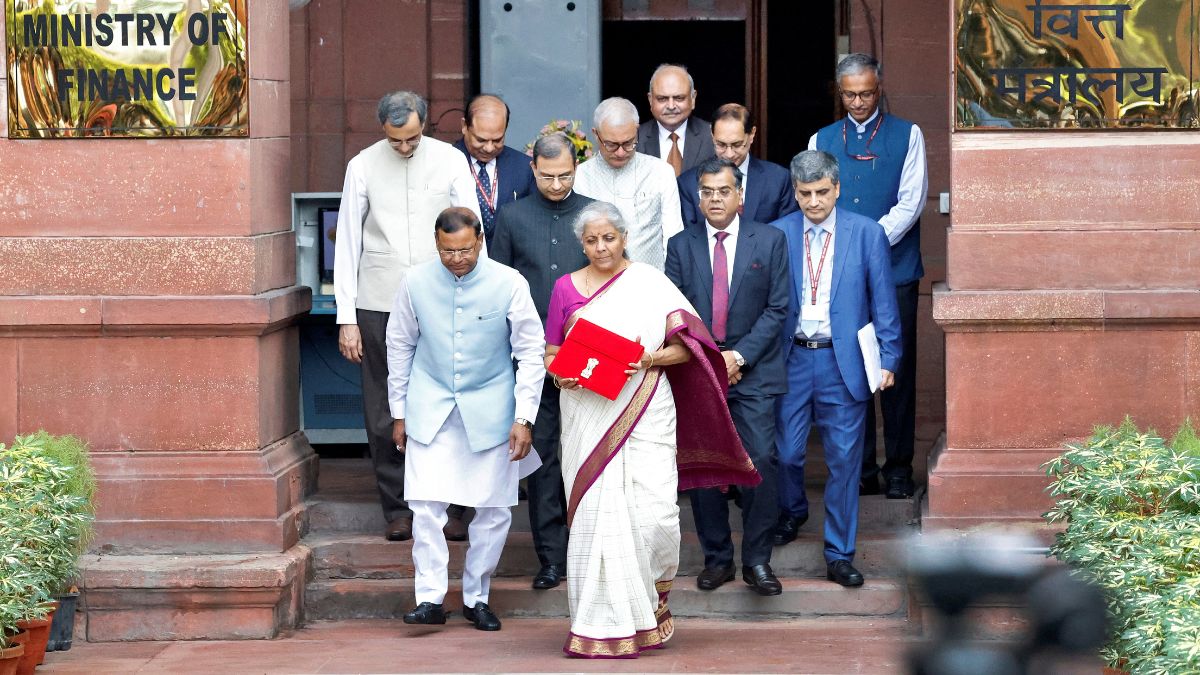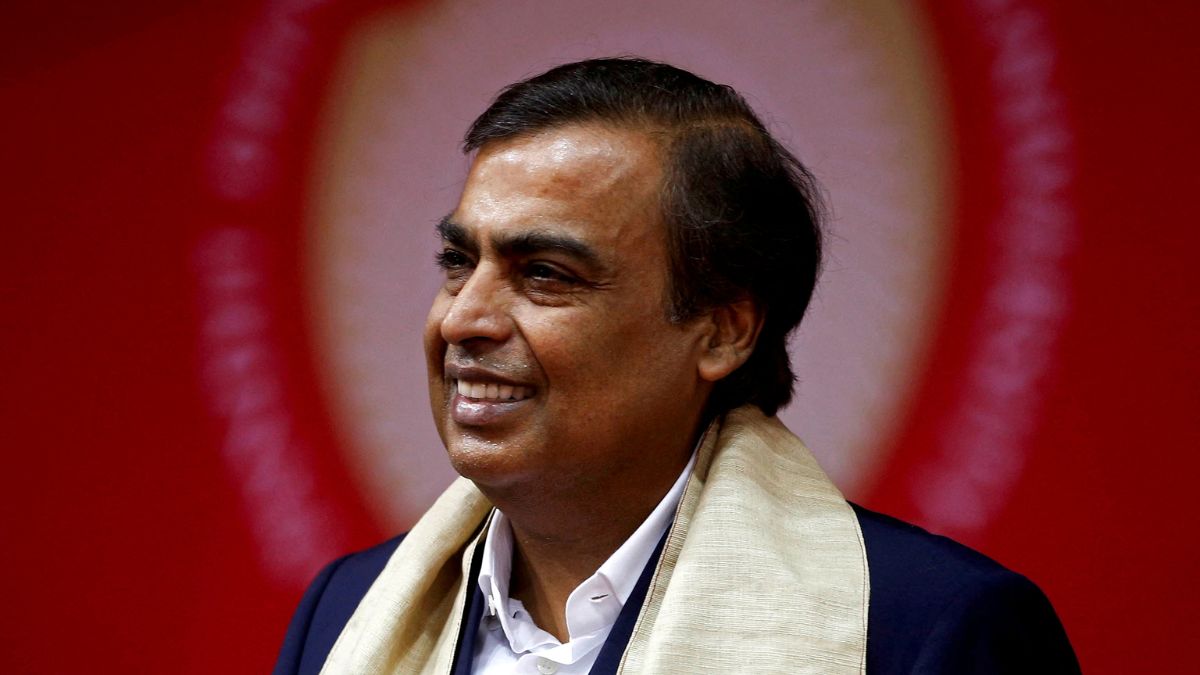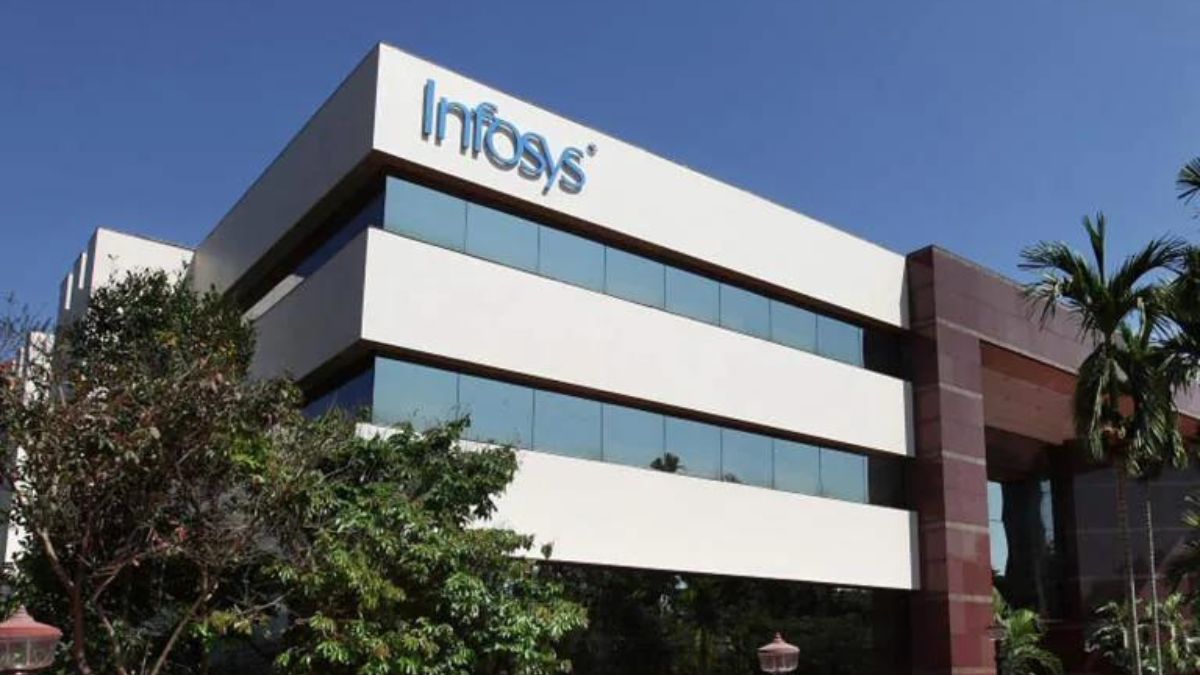In a bid to push interest in employment in manufacturing inside the formal sector of the economy, Finance Minister Nirmala Sitharaman announced three employment-linked incentive schemes as part of the Union Budget on July 23. The three schemes will be implemented as part of the Prime Minister’s budget package. These schemes will be based on enrollment inside the EPFO (Employees Provident Fund Organisation) read more
)
Finance Minister Nirmala Sitharaman holds a folder with the Government of India's logo while leaving her office to present the union budget in the parliament in New Delhi, India, July 23, 2024. Reuters
In a bid to bolster employment across the formal sector, Finance Minister Nirmala Sitharaman unveiled three new employment-linked incentive schemes in the Union Budget for 2024-25.
These schemes, part of the Prime Minister’s Budget package, are designed to encourage job creation and provide substantial benefits to both employees and employers.
— PIB India (@PIB_India) July 23, 2024All about Scheme A: One month’s wage for first-time employees
The first scheme aims to support individuals entering the formal workforce for the first time. Under this initiative, the government will provide a month’s wage to all first-time employees across all formal sectors.
This support will be delivered through Direct Benefit Transfer (DBT) in three installments, with a maximum of ₹15,000 per employee. The eligibility cap for this scheme is set at a monthly salary of ₹1 lakh.
LIVE: Follow Firstpost’s extensive coverage on Budget 2024-25
According to Sitharaman, “Direct Benefit Transfer of one month’s salary in three instalments to first-time employees as registered in the EPFO will be up to ₹15,000. The eligibility limit will be a salary of ₹1 lakh per month.”
This scheme is expected to benefit approximately 210 lakh youths, providing them with a financial cushion as they step into their new roles.
All about Scheme B: Job creation in manufacturing
The second scheme focuses on job creation within the manufacturing sector. It is specifically designed to incentivise the employment of first-time workers. The government will provide incentives related to EPFO contributions for the first four years of employment, benefiting both employees and employers.
Sitharaman stated the importance of this scheme in her Budget speech: “The scheme will incentivise additional employment in the manufacturing sector linked to the employment of first-time employees. This initiative is expected to benefit 30 lakh young individuals and generate supplementary job opportunities across various sectors.”
The scheme’s dual approach ensures that both new employees and their employers receive the necessary support to foster a robust manufacturing workforce.
All about Scheme C: Support to employers
The third scheme targets employers across all sectors, encouraging them to create additional employment opportunities. Employers will receive a reimbursement of up to ₹3,000 per month for two years towards their EPFO contributions for each additional employee earning up to ₹1 lakh per month.
This initiative is projected to create jobs for an additional 50 lakh individuals.
Also Read: All about new income tax rates and change in slabs
“The government will reimburse to employers up to ₹3,000 per month for two years towards the EPFO contribution for each additional employee,” Sitharaman stated.
This scheme aims to reduce the financial burden on employers, making it easier for them to hire more workers and expand their businesses.
What additional measures have been introduced for workforce enhancement
In addition to these three main schemes, the government has introduced several measures to increase female participation in the workforce. These include the establishment of working women’s hostels and creche facilities through industry partnerships, women-specific skilling programs, and promotion of market access for women-led self-help group (SHG) enterprises.
A noteworthy amendment has also been made to the Model Skill Loan Scheme, which now permits loans of up to ₹7.5 lakh with the backing of a government-guaranteed fund. This change is expected to benefit 25,000 students annually.
Furthermore, financial assistance for higher education loans up to ₹10 lakh will be extended to students in domestic institutions, with 1 lakh students slated to receive e-vouchers each year.
How to make youth employable?
To further support youth employment, the government announced a new centrally sponsored skilling scheme in collaboration with States and industry. Under this program, 20 lakh youth will be skilled over a five-year period.
One thousand industrial training institutes will be upgraded in a hub-and-spoke arrangement, with course content aligned to industry skill needs.
“The model skill loans scheme will also be revised to facilitate loans of up to ₹7.5 lakh with a guarantee from a government-promoted fund. This is expected to help 25,000 students a year,” Sitharaman announced.
Additionally, youth who have not benefited from any government scheme will receive support for loans up to ₹10 lakh for higher education in domestic institutions.
Also Read: How Budget 2024 made your EPF even more attractive
These schemes are aimed at making significant strides in employment generation and economic growth. By providing direct financial support to first-time employees, incentivising job creation in the manufacturing sector, and offering substantial support to employers, the government is hoping to create a robust and dynamic workforce.
With inputs from agencies

 1 month ago
39
1 month ago
39
)
)
)
)
)
)
)
)
)
)
)
)
)
)
)
)
)
)
)
)
)
)
)
 English (US) ·
English (US) ·